Nuclear fusion
This difference in mass arises due to the difference in nuclear binding energy between the atomic nuclei before and after the reaction. Fusion reactions take place in a state of matter called plasma a hot charged gas made of positive ions and free-moving electrons with unique properties distinct from solids liquids or gases.
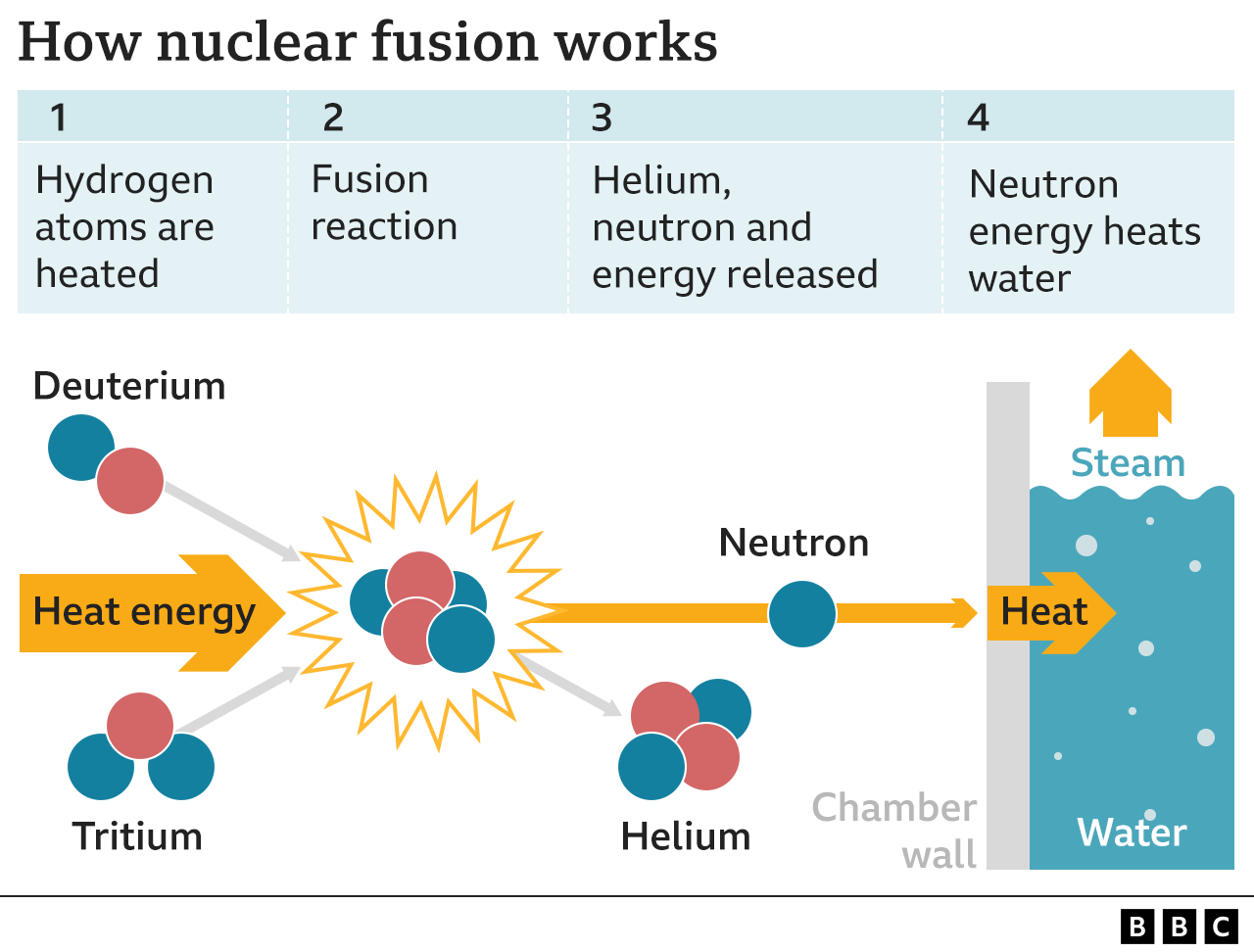
Major Breakthrough On Nuclear Fusion Energy Bbc News
DT fusion produces a neutron and a helium nucleus.

. Nuclear Fusion is transitioning to fully open access. Nuclear fusion is a reaction in which two or more atomic nuclei are combined to form one or more different atomic nuclei and subatomic particles neutrons or protons. Nuclear fusion is the process by which two light atomic nuclei combine to form a single heavier one while releasing massive amounts of energy.
For more information about the move please visit see the FAQ. In fusion two atomic nuclei are combined to create a heavier nucleus and the process releases energy. The difference in mass between the reactants and products is manifested as either the release or absorption of energy.
Nuclear fusion process by which nuclear reactions between light elements form heavier elements up to iron. The nuclear fusion process occurs in elements that have a low atomic number such as hydrogen. Matteo Barbarino IAEA Department of Nuclear Sciences and Applications.
Nuclear Fusion is the opposite of nuclear fission reaction in which heavy elements diffuse and form lighter elements. Researchers focus on DT reactions both because they produce large amounts of energy and they occur at lower temperatures than other elements. These atoms go on to create the nucleus of a heavier atom.
Nuclear fusion is the process of forcing together two light atomic nuclei and creating a heavier one in the process taking a tiny amount of matter and turning it into massive amounts of energy. Both nuclear fusion and. Submit an article Track my article.
The journal covers all aspects of research theoretical and practical relevant to controlled thermonuclear fusion. Nuclear fusion is the same energy that powers the sun and stars and is created when nuclei from two light atoms combine at high speeds. The blanket of a hybrid fusion system can therefore contain the same fuel as an ADS for example the abundant element thorium or the long-lived heavy isotopes present in used nuclear fuel from a conventional.
Nuclear Fusion is the acknowledged world-leading journal specializing in fusion. The reaction takes place in a state of matter called plasma which is distinct from. The concept of hybrid fusion can be compared with an accelerator-driven system ADS where an accelerator is the source of neutrons for the blanket assembly rather than nuclear fusion reactions see page on Accelerator-driven Nuclear Energy.
In a potential future fusion power plant such as a tokamak or stellarator neutrons from DT reactions would generate power for our use. In the process it also releases much more energy than most fusion reactions. In cases where the interacting nuclei belong to elements with low atomic numbers eg hydrogen atomic number 1 or its isotopes deuterium and tritium substantial amounts of energy are released.
Nuclear fusion is a reaction through which two or more light nuclei collide to form a heavier nucleus.

Uvonnavb5mzfum
Fission Vs Fusion What S The Difference Duke Energy Nuclear Information Center

Yky6pso0igqblm
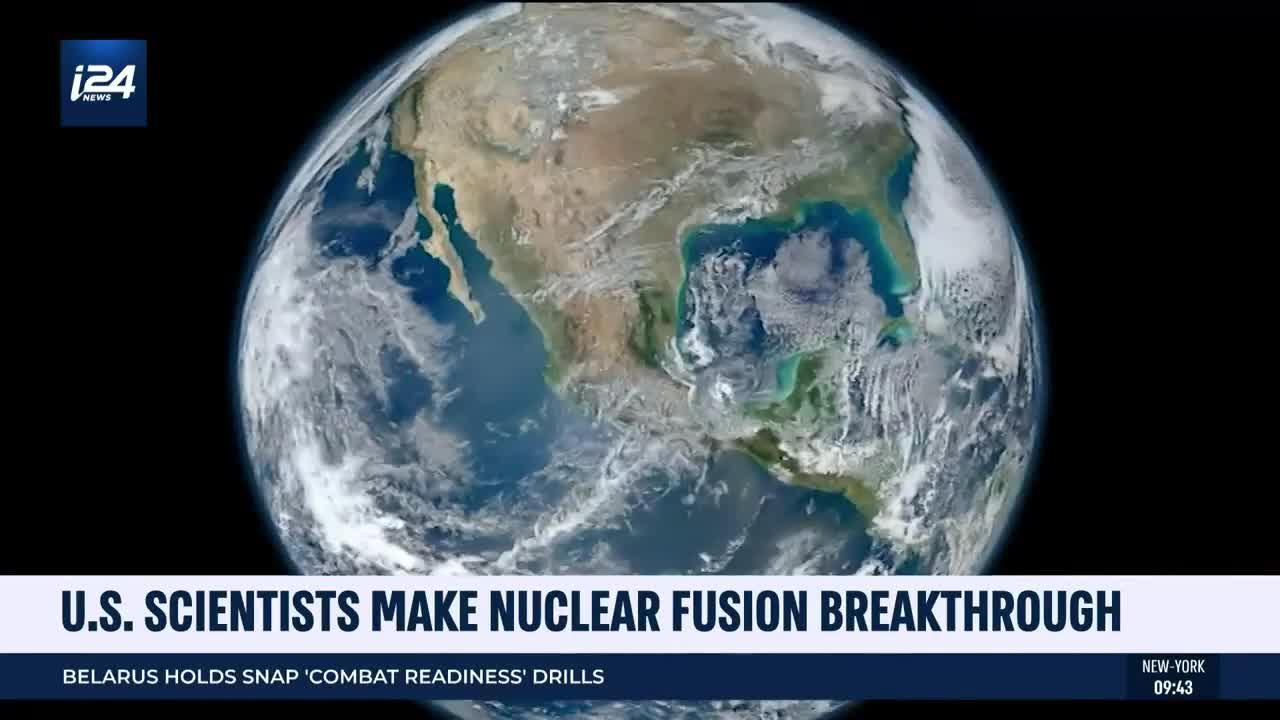
Bmqymphogow 0m
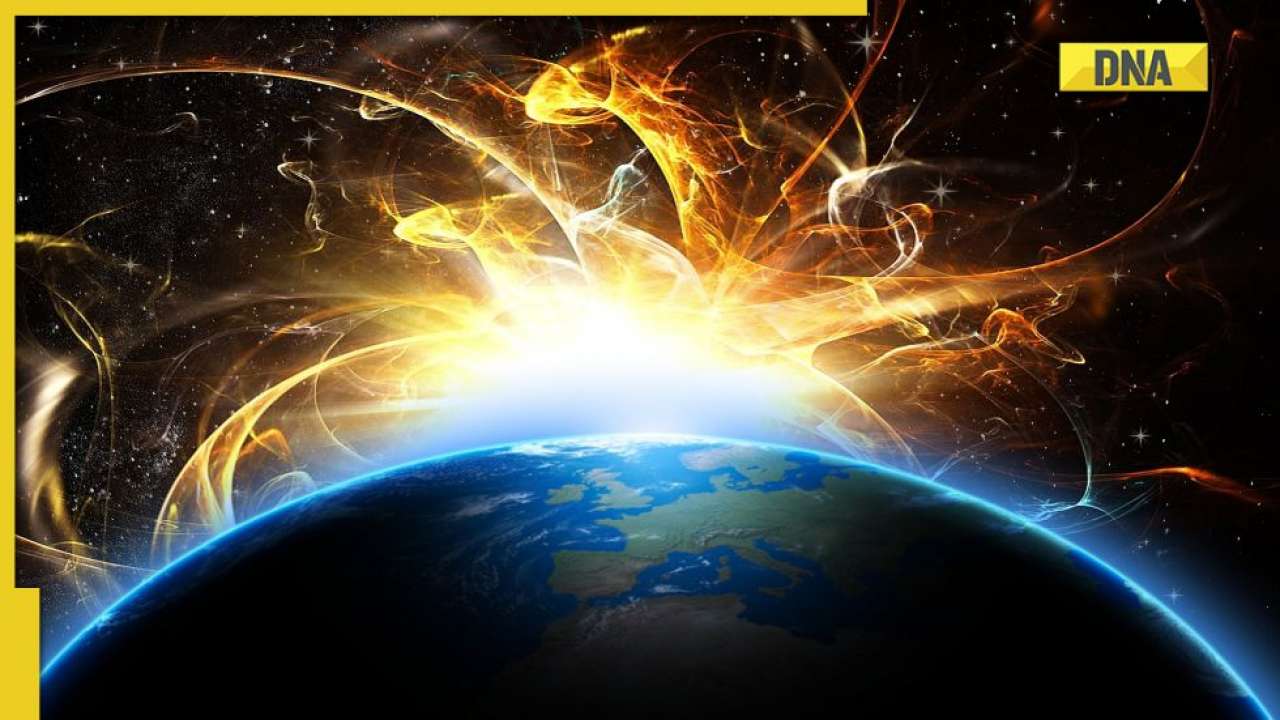
Ifm3xkgwaew Um
Qs2am Zh0vqvam

Schematic Representation Of A Nuclear Fusion Reaction Download Scientific Diagram

Cmbrk2dkbrirkm

Can Nuclear Fusion Generate Unlimited Emissions Free Energy

Tp6kfn9hxymfqm
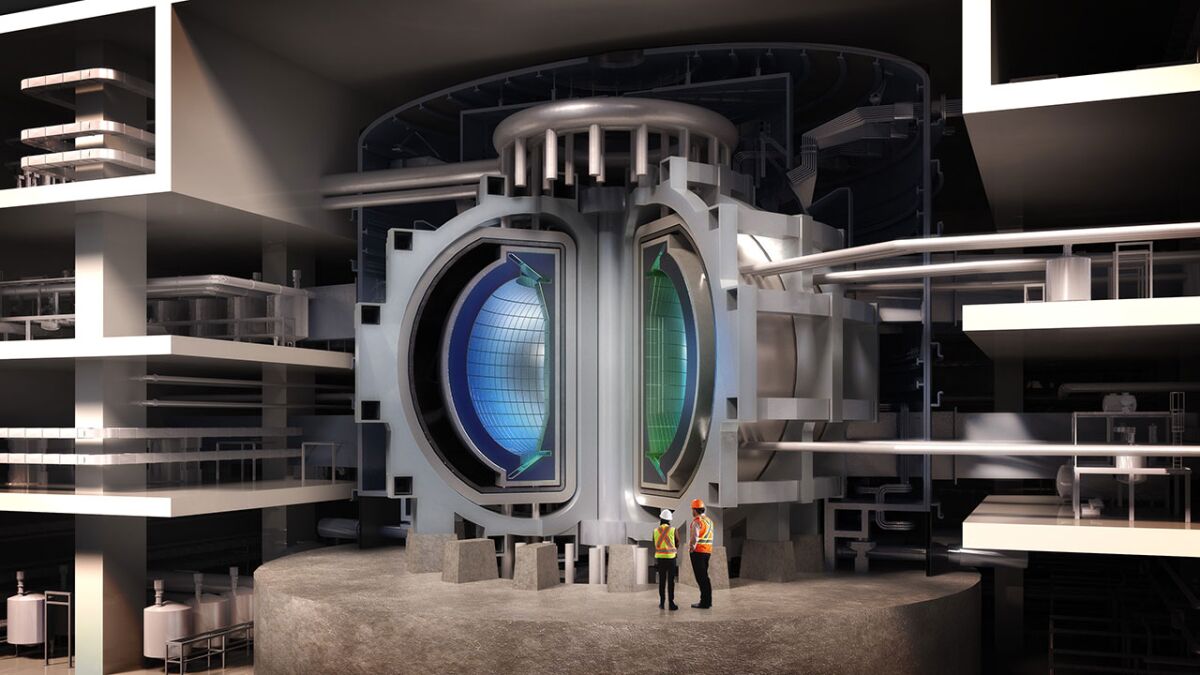
General Atomics Planning To Build Nuclear Fusion Pilot Plant The San Diego Union Tribune
/cdn.vox-cdn.com/uploads/chorus_asset/file/24288175/1245567063.jpg)
N7nfjmvdd1tprm

G Rsbhehbazllm

Nuclear Fusion 7 3 4 Edexcel Igcse Physics Revision Notes 2019 Save My Exams

Nuclear Fusion Definition Occurrence Examples Applications Faqs
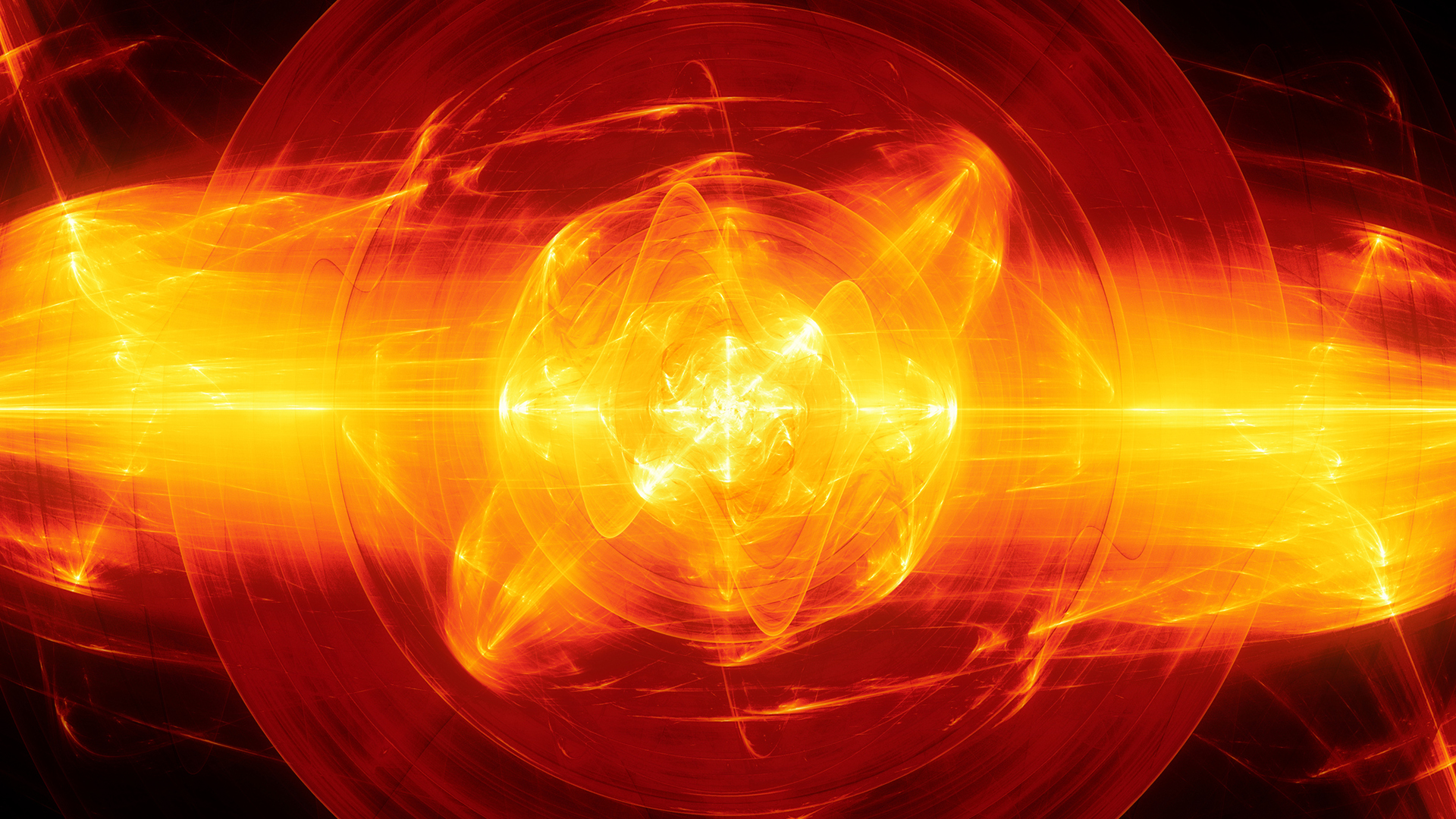
Nuclear Fusion Reactor Instabilities Solved By New Operational Regime

1zrdujivrpcdvm